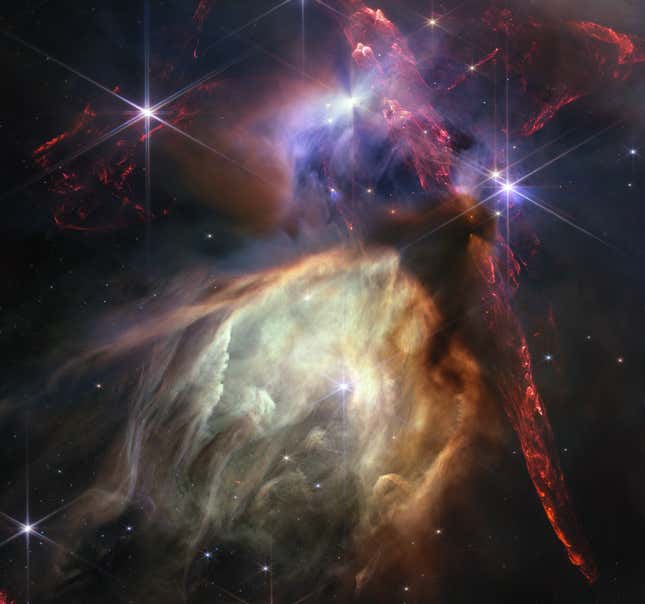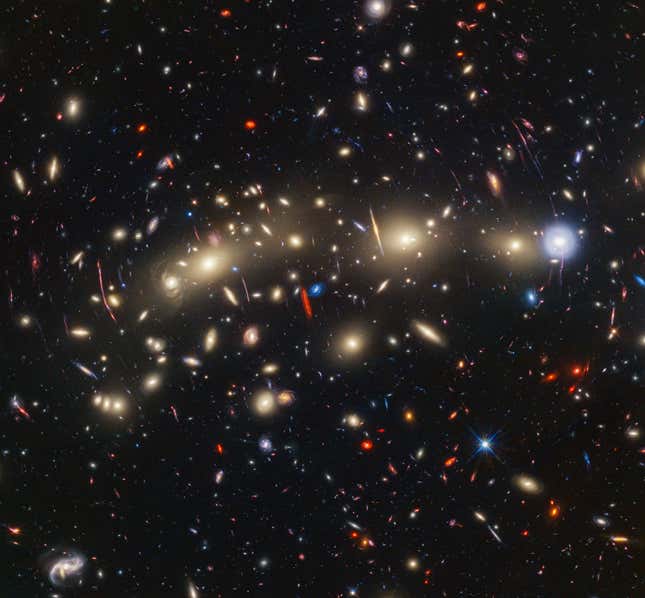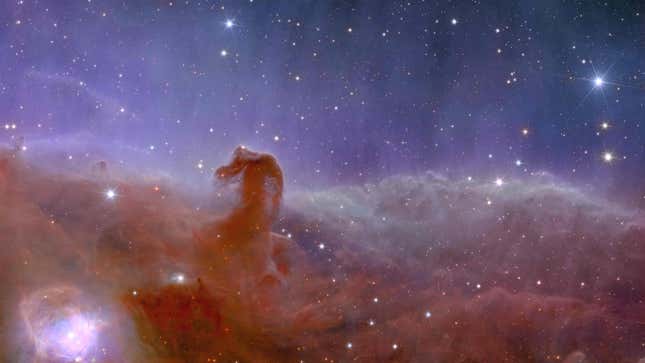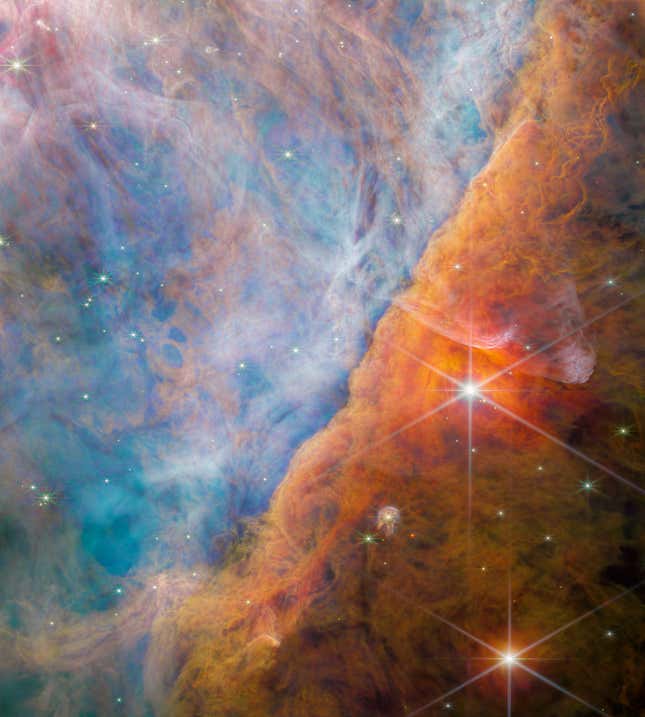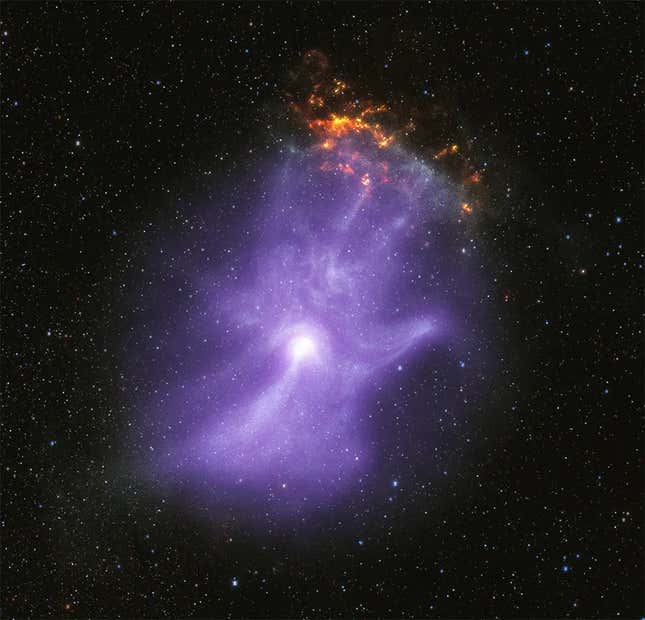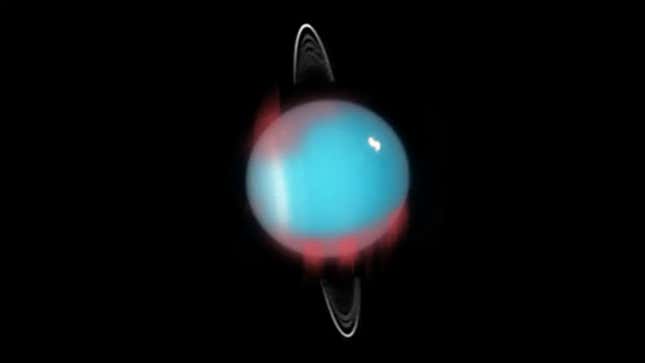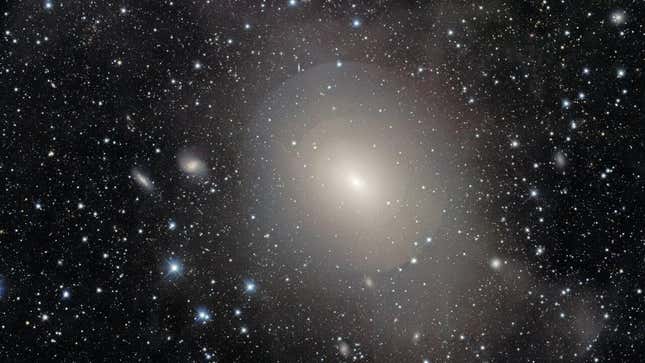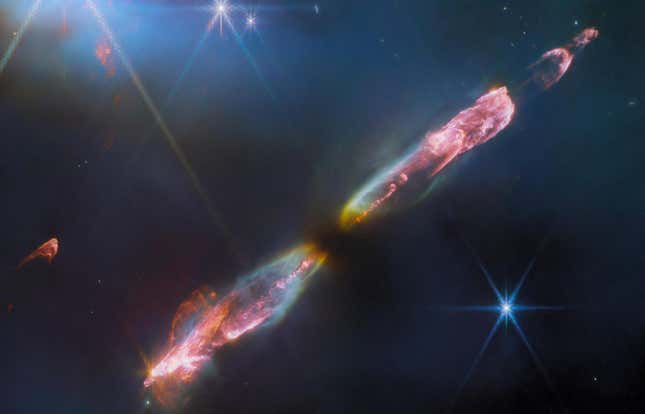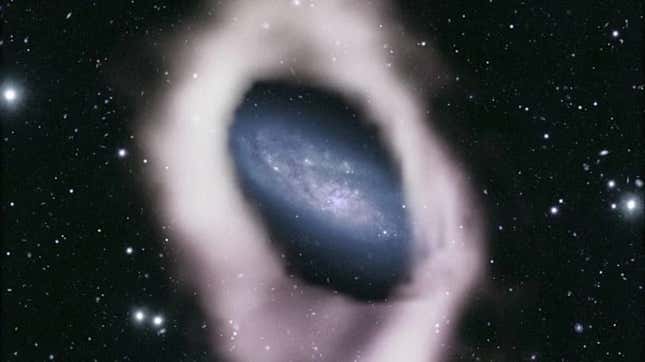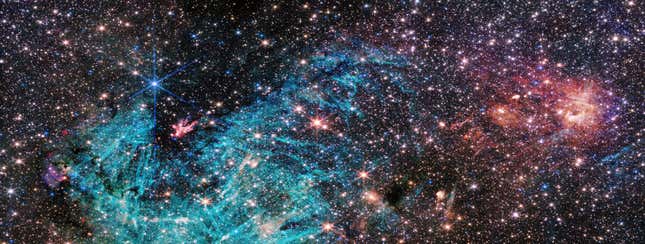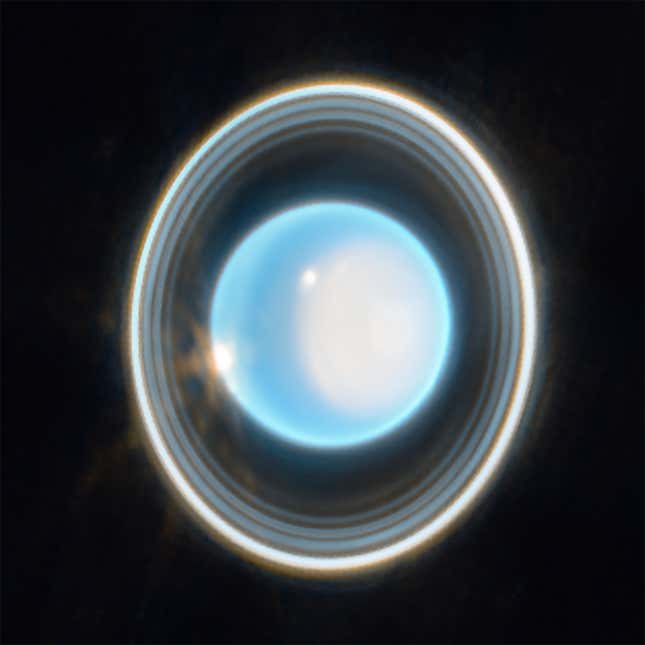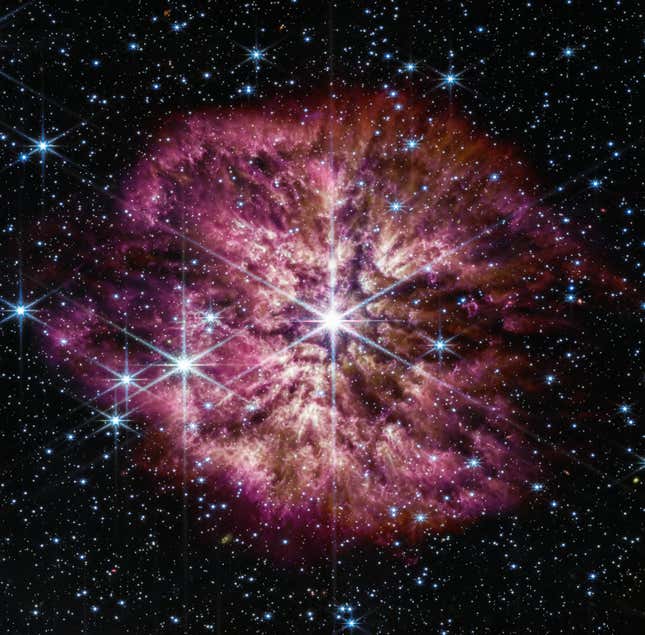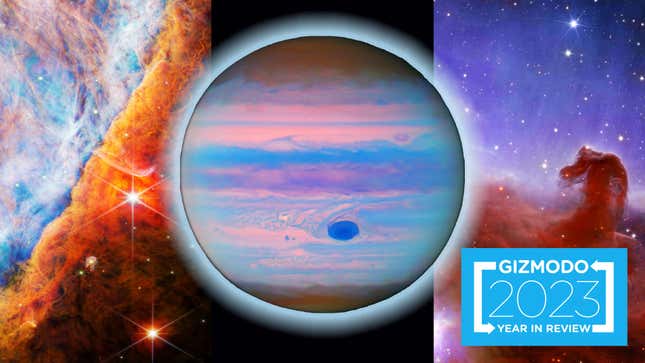
Space is an inky black yonder... but for the countless light sources that pepper the billions of light-years that human instruments can see. Thanks to ground-based telescopes and observatories parked millions of miles from Earth, 2023 has been a terrific year for space imagery. Astronomers captured fascinating new views of globular clusters, star systems, and even the planets in our own cosmic backyard. Click through to see our favorite space images from this year.
